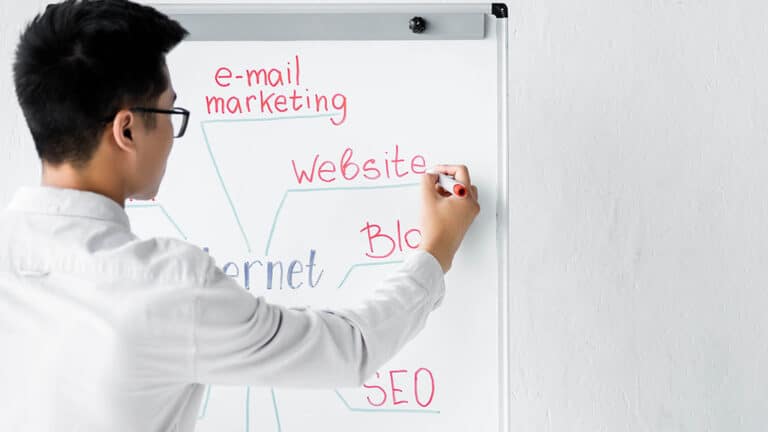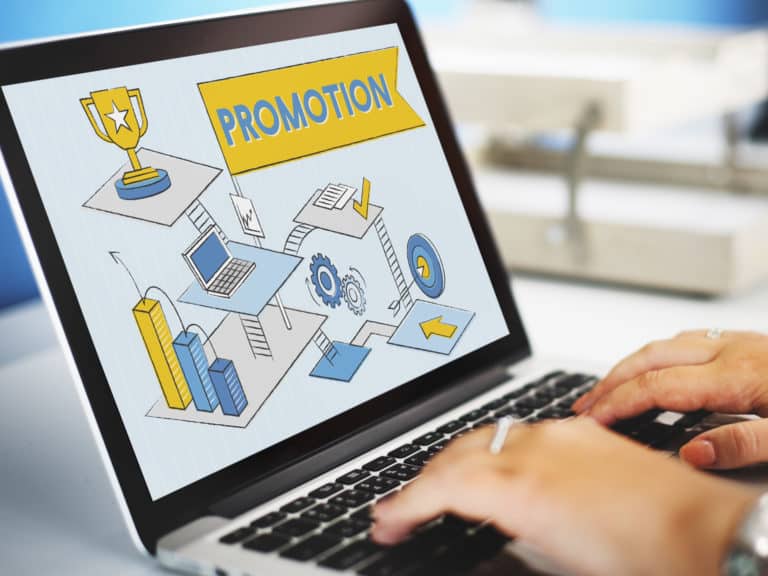How to Fix Your Email Subject Lines to Improve Your Open Rates

As with many other forms of marketing, being average just doesn’t cut it. This form of marketing requires you to stand out from the crowd.
Email marketing, with all of its flaws, is still one of the best ways to generate more sales for your business. It is still one of the best ways to build your brand. It is still one of the best ways to retain your existing customers.
Why you need to have an awesome subject line
A cardinal sin of a poorly-run email campaign is the use of weak subject lines. If you are wondering why your emails are not getting opened, then you need to take a long look at your subject lines, and see if they are having any effect on your open rates.
A good subject line accomplishes several things. They arouse interest in the reader and make him curious about what’s inside the email. They tease the reader into opening the contents of your email.
They also create a sense of urgency. Scarcity and urgency let the reader know that your emails need to be opened, or they will miss out on the important things or opportunities that you have to offer.
They need to make your emails seem valuable and, in some cases, essential to the reader. The reader needs to know that you are not going to waste his time.
The subject line can be a determining factor in whether your email gets opened. We’re going to discuss a few simple tips.
Be specific and direct
When you’re direct, you tell your readers exactly what they need to know before they open your email. Being specific simply means that your email will be about a certain theme, goal, or product/service. You are not telling the reader exactly what’s going to be in the email, but you are telling him what he should expect, more or less.
This type of subject is best used for notifications, updates, and follow-ups. Time is of the essence for your readers, and they will appreciate a succinct subject line that tells them what they need to know.
Be short
Try to keep your subject lines under 50 characters. You are constantly trying to compete with the multitude of emails in your reader’s inbox, so there is no reason to be long-winded.
Personalize your targets
One of the most common ways to “personalize” an email is to include the recipient’s name in the subject line. In some cases, this is fine, but it is an overused tactic that barely brings positive results. There are other ways to personalize your subject lines. Attributes like location, your readers’ interests, and products that they have purchased from you in the past.
Personalizing the subject lines in this manner will tease them with what they want to read. If you’re a restaurant in New York City, and you know the demographics of your readers will be young twenty-somethings that like to order tasty and inexpensive food and drinks, you can tailor your subject lines and emails to this group. You need to speak directly to their interests.
This is why you need to collect as much information about your customers as possible. You can do this in-store by asking them questions as they buy your products. You can send out online surveys for them to fill out. You can invite their opinions about your business and how your company meets their needs. There are countless ways for you to glean powerful information about your customers and prospects.
Use urgency
No one likes being left out of the picture. Any good salesman knows this, and they will craft their offers accordingly. There is absolutely nothing wrong with using scarcity tactics to get your readers to buy from you. Things like money (the dollar amount or percentage they will save) and time (when the offer will expire) are important when using urgency.
For example, if you are a jewelry store and you want to drive sales using urgency, you would craft a headline like,
The 25% off Valentine’s Day Special is Closing in 4 HOURS
or
Today is the last day to save BIG on our jewelry special
Both of those subject lines directly tease big savings on a short deadline. Those subject lines should compel the reader to open your email.
Putting it all together
As with anything, you will want to test these different types of subject lines out. The results that you get may vary depending on your company, the products you sell, and the demographics of your subscribers.
Subscribe to various email lists in your niche to see what other companies are doing, and see if you can do it better. Look at your own open rates and try to find out how they can be improved. A few simple tweaks to your subject lines can really make the difference if your email campaign is struggling to get off its feet.
















